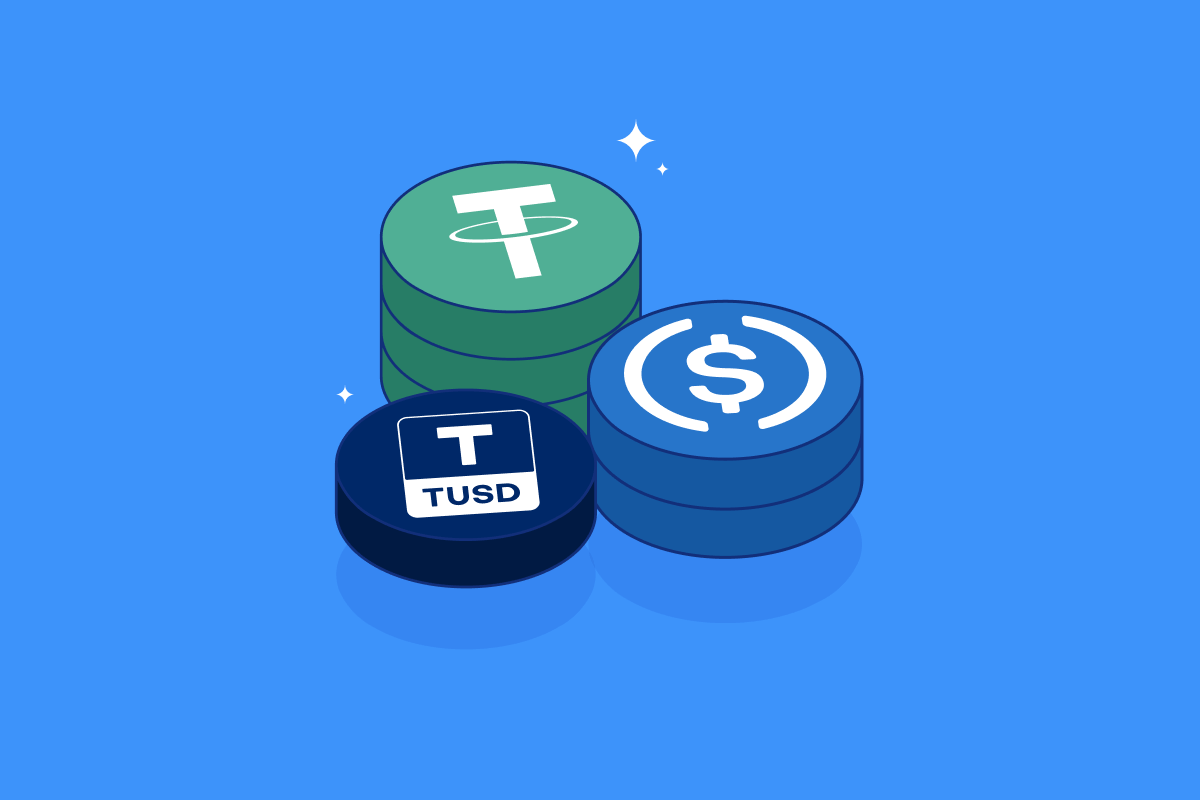Cross-Chain
Introduction to Cross-Chain Technology
Cross-chain technology refers to the ability to transfer data and value across different blockchain networks. As the cryptocurrency ecosystem matures, the need for interoperability increases, enabling users to access assets and services on multiple blockchains seamlessly. This technology plays a crucial role in enhancing the functionality and usability of decentralized applications (dApps).
The Importance of Cross-Chain Solutions
The rise of numerous blockchain networks has led to a fragmented ecosystem. Each blockchain typically has its unique protocols and tokens, making it difficult for users to interact across different platforms. Cross-chain solutions aim to address the following challenges:
- Interoperability: Facilitating interactions between distinct blockchain networks.
- Liquidity: Increasing market liquidity by allowing assets to flow freely between different chains.
- Efficiency: Streamlining transactions across multiple blockchains to enhance user experience.
- Diversity: Enabling users to leverage the unique features and advantages of various blockchains.
Types of Cross-Chain Solutions
Cross-chain solutions can be categorized into several types, each with its unique characteristics and use cases:
- Atomic Swaps: A peer-to-peer exchange mechanism that allows users to trade cryptocurrencies from different blockchains directly, without the need for intermediaries.
- Cross-Chain Protocols: Protocols such as Polkadot and Cosmos that provide frameworks for building and connecting multiple blockchains through shared security and governance mechanisms.
- Wrapped Tokens: Tokens that represent assets from one blockchain on another, allowing for easy transfer and interaction. For example, Wrapped Bitcoin (WBTC) is BTC represented as an ERC-20 token on the Ethereum network.
- Oracles: Third-party services that provide off-chain data to smart contracts. Cross-chain oracles can facilitate communication and data exchange between different blockchain networks.
How Cross-Chain Works
The operation of cross-chain technology generally involves the following processes:
- Atomic Transactions: These transactions ensure that all conditions are satisfied before the swap is executed, minimizing the risk of loss during the transaction.
- Verification Mechanisms: Each blockchain network must verify and authenticate the transactions taking place across chains to maintain security and integrity.
- Relay Chains: Some cross-chain protocols utilize relay chains that connect various other chains, enabling seamless data and asset transfer between them.
Benefits of Cross-Chain Technology
The utilization of cross-chain solutions offers several advantages:
- Increased Accessibility: Users can access a broader range of assets across various blockchains without locking themselves into a single ecosystem.
- Innovation: Cross-chain technology encourages the development of novel decentralized applications that leverage the best features of multiple chains.
- Risk Mitigation: Diversifying assets across different blockchains can reduce the risks associated with market volatility on a single platform.
- Enhanced User Experience: Streamlining transactions across various platforms creates a smoother and more efficient user interaction.
Challenges and Limitations of Cross-Chain Solutions
Despite its potential, cross-chain technology faces several challenges:
- Security: Ensuring the security of transactions across different chains remains a significant concern, as vulnerabilities may arise in interoperability protocols.
- Complexity: The technical complexity involved in managing interactions between diverse blockchain architectures can be a barrier to implementation.
- Standardization: The lack of universal standards for cross-chain communication can lead to inconsistencies and inefficiencies.
Future of Cross-Chain Technology
The future of cross-chain technology looks promising as the cryptocurrency landscape continues to evolve. Key trends to watch include:
- Increased Adoption: As more users recognize the benefits of cross-chain interoperability, demand for these solutions will grow.
- Development of Interoperable Standards: Efforts toward establishing global standards for cross-chain functionality will enhance security and usability.
- Integration with Layer 2 Solutions: Cross-chain technology may increasingly integrate with Layer 2 solutions, offering enhanced scalability and transaction speed.
Conclusion
Cross-chain technology is an essential component of the rapidly evolving blockchain ecosystem. By enabling seamless interaction between disparate networks, it enhances user experience, increases liquidity, and fosters innovation. As the industry continues to mature, cross-chain solutions will likely play a pivotal role in shaping the future of cryptocurrency and decentralized finance (DeFi).


















